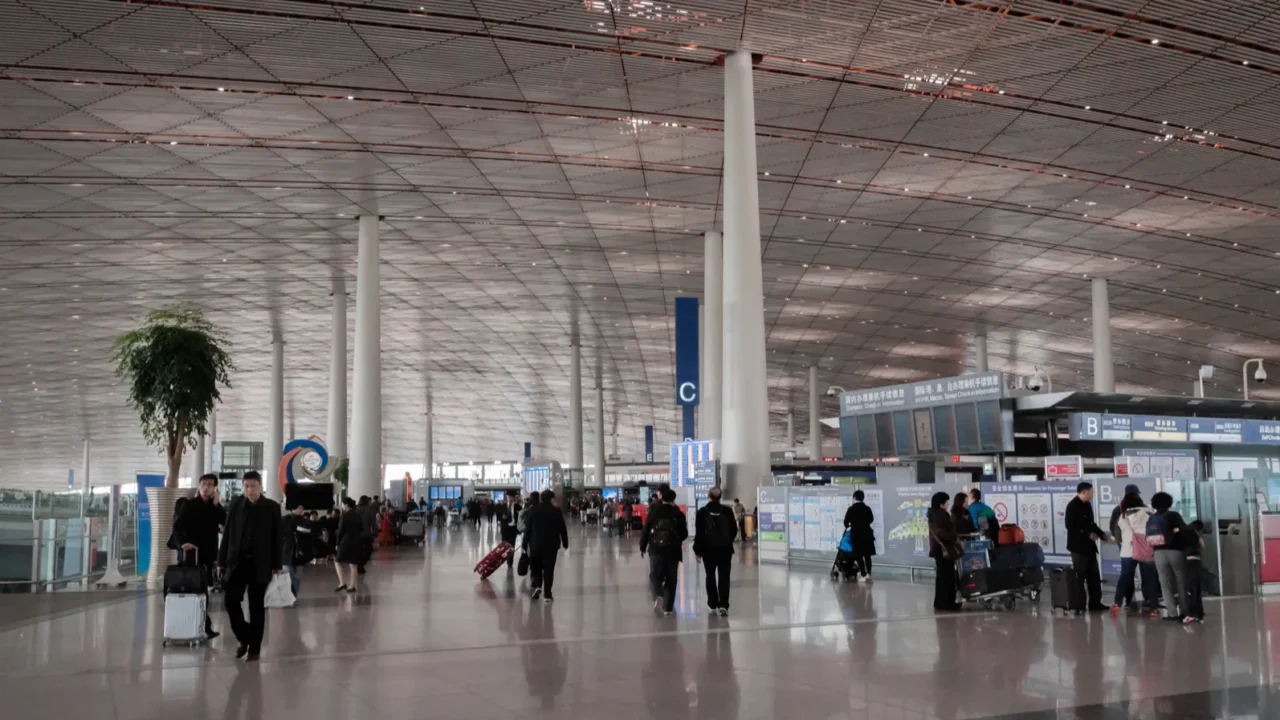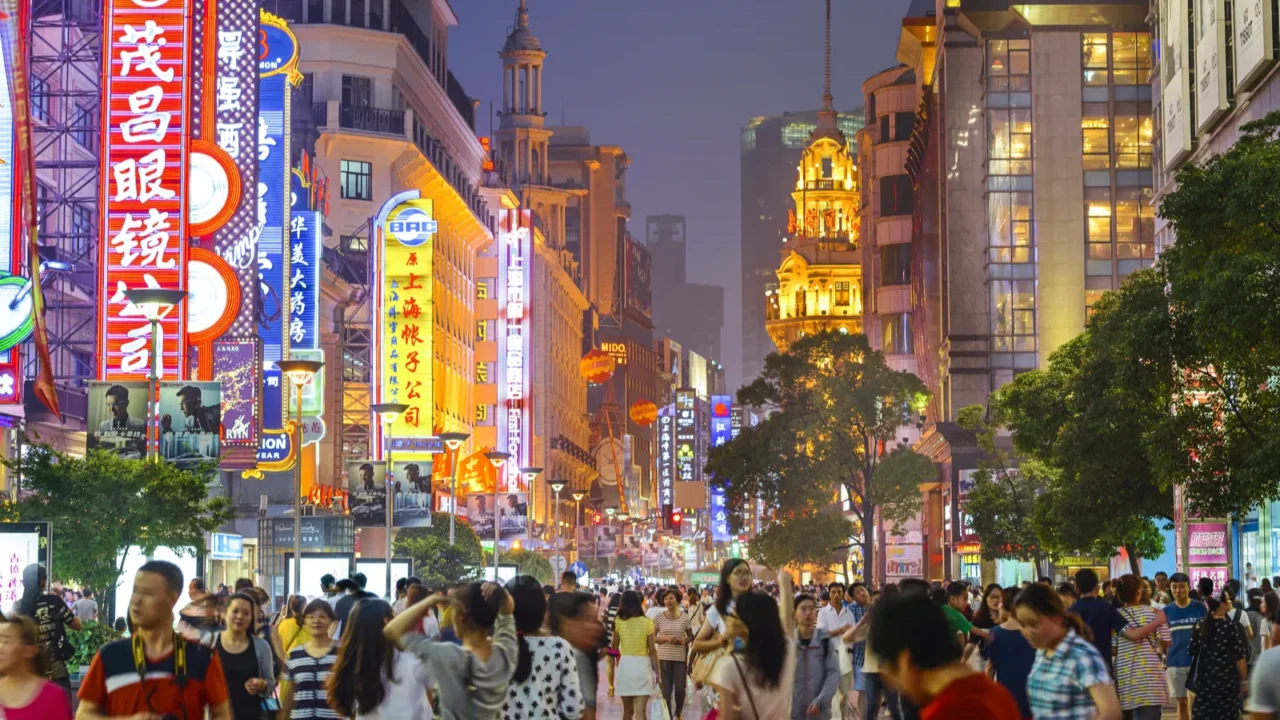
China’s travel wave reshapes economy
China’s love for travel is reaching new heights in 2025. Millions of people are hitting the road, and the country’s economy is feeling the boost. The sector now makes up over 10% of China’s GDP.
Tourism is expected to add a record ¥13.7 trillion to the economy this year. That’s more than 10% above pre-pandemic levels and a sign of how strong the recovery has become. Growth is outpacing the overall economy.

Jobs surge with tourism
The travel boom is fueling a job market like never before. More than 83 million people now work in travel and tourism. These jobs range from hotel staff to transport workers.
In 2025 alone, 1.3 million new jobs were created thanks to tourism growth. From hotels to airlines, the sector is offering opportunities across the board. Employment growth is strongest in urban hubs.

Domestic travel dominates
Most of the spending in China’s travel boom is happening at home. Over 85% of tourism dollars come from domestic trips. This is the highest share since before the pandemic.
This year, domestic travelers are set to spend about ¥7 trillion. Families are exploring cultural sites, shopping districts, and natural wonders within their own borders. Demand is especially high during public holidays.

International visitors return
Foreign visitors are also back in record numbers. International spending is projected to cross ¥1 trillion in 2025. This recovery is faster than regional averages in Asia.
That’s 13% higher than 2019 levels, showing how global interest in China has rebounded. From ancient landmarks to modern cities, travelers are exploring the country with enthusiasm. Major airports report double-digit increases in arrivals.

Visa-free access opens doors
One of the biggest drivers of growth is visa-free entry. Policies rolled out in 2025 are making it easier than ever to visit China. More than a dozen new countries now enjoy simplified entry.
This has already sparked a 52% jump in foreign arrivals. Simpler entry means more spending, more connections, and more cultural exchange. Southeast Asia and Europe are seeing the strongest visitor growth.

Building travel infrastructure
China is investing heavily in airports, railways, and roads. These upgrades are designed to keep up with the surge in travelers. High-speed rail networks alone moved 3.6 billion passengers in 2024.
New high-speed trains and airport expansions are helping people move around quickly. For visitors, that means smoother trips and less time waiting. Regional airports are also expanding international routes.

Digital travel revolution
Technology is making travel easier for both locals and tourists. Digital booking, mobile payments, and smart apps are everywhere. In 2025, over 90% of Chinese travelers use mobile apps to plan trips.
From scanning QR codes at attractions to paying with your phone, the process feels seamless. China’s digital tools are setting new standards for the global industry. Many services also offer instant translation features.

Shopping drives spending
Tourism isn’t just about hotels and flights. Shopping is one of the biggest pieces of the puzzle. Duty-free sales are projected to rise by 25% this year.
Travelers are spending on luxury goods, local crafts, and duty-free items. This demand supports retail jobs and keeps stores buzzing with activity. Shopping hubs like Hainan are especially popular.

Food and culture thrive
Visitors are hungry for more than sightseeing. They’re fueling China’s restaurant scene and cultural industries. Dining out makes up nearly 30% of visitor spending.
Street food markets, high-end dining, theaters, and museums are all seeing packed crowds. Tourism is giving local culture new life and global reach. Historic towns are reporting record cultural ticket sales.

Rural areas gain
China’s countryside is seeing a tourism revival. More people are heading to small towns and villages for authentic experiences. Rural homestays are increasing in popularity among younger travelers.
This shift brings income and jobs to rural communities. It helps balance growth between big cities and less developed areas. Government grants are supporting eco-tourism in these regions.

Global branding push
China is also promoting itself abroad. Campaigns highlight iconic landmarks, modern cities, and natural beauty. Promotion budgets are up by more than 20% in 2025.
The goal is to build a strong international image as a top travel destination. By investing in global branding, China is reaching new audiences worldwide. These efforts target both leisure and business travelers.

Future outlook to 2035
Looking ahead, the numbers are even more ambitious. By 2035, tourism is expected to contribute over ¥27 trillion to GDP. That equals about 12% of China’s projected economy.
That’s double today’s level, making tourism one of the fastest-growing parts of the economy. It’s a long-term vision of growth and stability. Projections show tourism outpacing national GDP growth rates.

Millions more jobs ahead
Jobs will keep multiplying as the sector grows. Tourism could support over 100 million workers by 2035. This includes roles in aviation, hospitality, and digital services.
That means 20 million new roles in the next decade. These jobs range from travel guides to tech developers building new tourism platforms. Job creation will also expand opportunities for younger workers.

Tourism fuels innovation
The demand for better travel experiences is pushing industries to innovate. Companies are creating new services, apps, and products. Many hotels are now piloting AI-powered concierge services.
Even areas like green energy and transportation benefit from this innovation. Tourism is sparking progress well beyond hotels and flights. Cross-industry partnerships are becoming more common.

Sustainability in focus
China is aiming to grow tourism responsibly. Environmental protection and sustainable practices are becoming part of the plan. National parks now receive additional funding for conservation.
Eco-friendly hotels, clean transport, and preservation of cultural sites are priorities. Growth and sustainability are being balanced for the future. Renewable energy is being integrated into major tourism zones. Sustainability may be the backbone, but culture is the magnet. Find out why influencers and vloggers are flocking to China in 2025.

A global powerhouse rises
With these changes, China is positioning itself as a world travel leader. Its size, culture, and innovation make it unique. Visitor numbers now rank among the top three globally.
As more travelers choose China, it reshapes global tourism flows. The country is moving from a rising star to a true powerhouse. Industry experts expect it to surpass Europe in visitor volume by 2030. And as China rises, the global balance is shifting too, see how China ditches the US and joins Europe in boosting tourism.
If you had the chance, what part of China would you want to explore first?
Read More From This Brand:
- The U.S. border Canadians say to avoid on trips to see a loved one
- Planning a New England foliage trip? This Vermont town stands out as truly unique
- Add these 10 epic European monuments to your bucket list
Don’t forget to follow us for more exclusive content right here on MSN.
This slideshow was made with AI assistance and human editing.